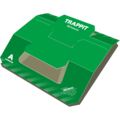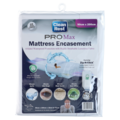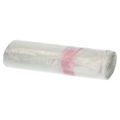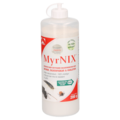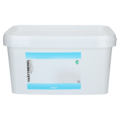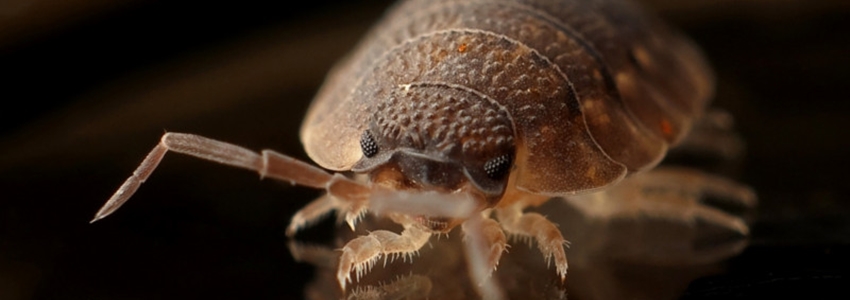
Pest Guide: Bed bugs.
Bed bugs can occur in most places and are most often spread through travel and the purchase of used furniture. The bed bug (Cimex lectularius) is as big as an apple core, 4-5 mm and feeds on sucking blood. They reside in cracks in bed bases or furniture, but they can also appear in moldings, behind loose wallpaper, in curtains and picture frames. Bed bugs can only move crawling and are transported mainly with the help of us humans and our belongings. The guide will give you concrete tips on how you can easily get an indication of bed bugs, tips on what you can do for preventive purposes and how you can use remediation to create a sustainable situation during an attack.
Why fight bed bugs?
Once the bed bugs have taken root, they are very problematic to fight and above all it can be costly. For some activities such as hotels and hostels, it is even beneficial to work with preventive measures. Bed bugs multiply at high speed, a female lays 1–5 eggs a day and can live without food for up to a year. To get rid of bed bugs completely requires great efforts and the next always professional decontamination.
How to detect if you have bed bugs
It is usually difficult to detect the pest in time without indication traps, which means that the most common signs are obvious when bedbugs have established themselves. There are some clear signs to pay extra attention to that give a clear indication of bed bugs.
- Bite that itches or swelling and redness on the skin
- Droppings - Examine seams and nooks for small black spots that resemble ink streaks
- Blood stains - Small blood stains can appear on, for example, sheets or clothes near where the bedbug has bitten.
- Leather - bed bugs shed their skin and can be found in the places where they live
How to avoid bed bugs
The prevalence of bed bugs has increased in Sweden in recent years, which has led to problems for businesses and homes. As it is a difficult pest to fight, prevention has become increasingly important. Below we have gathered practical advice that can be used to minimize the risk of getting bed bugs.
- Carefully inspect used furniture
- Place the bed some distance from the wall so that bed bugs can not climb that way
- Regularly wash bedding, wash clothes at 60 degrees and tumble dry for about 50 minutes or more
- Check the bed seams and nooks and crannies and pay attention to small black spots
- Indication traps with decoys that catch bed bugs from the first nymph stage to adult individuals
- Bedbug trap in the form of an adhesive trap that is placed around the bed legs and along the moldings and floor
- Mattress cover that ensures that bedbugs can neither get in nor out
- Bed leg traps that prevent bed bugs from getting further up to the bed
This is how you get rid of bed bugs
To completely get rid of bed bugs requires professional decontamination combined with your own measures. Today, it is possible to create an environment that protects from bites during decontamination. In the checklist below, we list the most effective approaches.
- Wash above 60 ° C (see washing instructions)
- Heat - Tumble dry for about 50 minutes
- Cold - Freeze infested bedding and textiles (-18 ° C) for one week
- Use water-soluble laundry bag for safe movement of bed bug infested bedding
- Bed leg traps that are placed under the bed / sofa leg and prevent lice from rising further
- Bedbug trap in the form of an adhesive trap that is placed around the bed legs and along the moldings and floor
- Mattress cover that ensures that bedbugs can neither get in nor out
- Sprinkle Myrnix Silica Powder where bed bugs are present, an effective non-toxic and odorless natural product
Check out Tingstads services
-
![]()
Pest Control program.
Our Pest Control program is designed to provide you with long-term and worry-free results. Our pest technicians have the knowledge required to give you practical advice on what can be improved in your business to keep your pests away.
Read more

